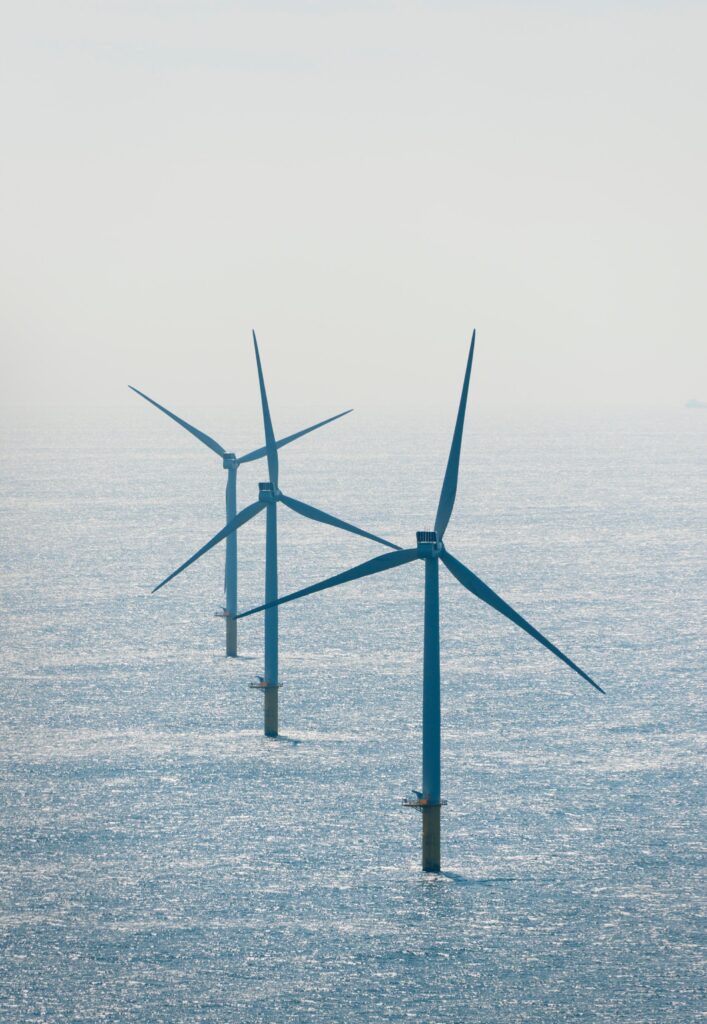Asia private equity 2025 preview: Japan
Japan enters 2025 in the grip of an unprecedented battle between two private equity firms over a listed company – confirmation of how activist investor pressure, a regulatory agenda encompassing governance and consolidation, and the weight of interested capital are creating new opportunities.
KKR [NYSE:KKR] announced a tender offer for Fuji Soft [TYO:9749] in August, having won support from the largest shareholder, only for Bain Capital to counter with a superior bid – and the backing of the company’s founder and major shareholder. Twists continued through the autumn, with Bain launching a USD 4.3bn counterbid in December despite Fuji Soft’s board coming out in favour of KKR.
“We will see more situations like this,” said one Japan-based buyout investor. “First, the pressure on large-cap sponsors is so great and large-cap deal flow is limited. Second, behaviour that once would have been resisted as hostile is now increasingly seen as acceptable.”
Japan’s large-cap space is routinely divided into two groups: incumbents, such as Bain and KKR, that have long track records and established local teams; and insurgents, typically global GPs looking to open offices (or re-open them after sustained absences). Insurgents are growing in number, cognisant of issues such as getting domestic lenders to return calls to ex-Japan locations.
Buyout deal volume is USD 12.6bn year-to-date, less than one-third of the 12-month total for 2023. The number of USD 1bn-plus deals has fallen from seven to three, and although that is in line with recent norms, the absence of a Toshiba-style mega-deal is keenly felt.
But large-cap investors are in no doubt of the prevailing regulation-driven trends: Japan wants conglomerates to put efficiency before size and divest non-core assets; it wants listed companies trading below book value to consider going private; and it wants corporates to facilitate rather than obstruct takeover processes. Activist investors might be viewed as helpful catalysts.
The activist impact
Managers in Japan’s low to mid-market tiers are largely immune to the vagaries of lumpy deal flow. Approximately 170 buyouts have been announced so far this year – twice as many as in 2020 – and 90% fall within their reach. Moreover, the same trends provide tailwinds.
“There are mega take-privates like Fuji Soft where the big boys with too much capital get into bidding wars, and then there’s the USD 1bn-and-below space where we are one of only about five GPs that can do deals,” said Jun Tsusaka, CEO and CIO of local private equity firm NSSK.
“There are about 4,000 listed companies in Japan and 1,800 of them have a market capitalisation of less than USD 250m. A large portion are trading below book value, or below 5x EBITDA.”
Local GPs may get pulled into activist situations, either as potential white knights for companies under attack or as facilitators of exits for activists. The ultimate outcome might be the same – a take-private – but participating PE investors would have to navigate layers of corporate nuance, identifying different factions within management and establishing whether they could be partners.
“We’ve heard of discussions between activist funds and PE firms, including mid-market GPs, where the activists have taken positions in illiquid stocks that they can’t exit on a trading basis without a big haircut. They are looking to GP led going privates as a preferred liquidity solution,” said Mark Chiba, group chairman of Longreach Group, a North Asia-focused GP most active in Japan.
Activists can also enable exits by mid-market GPs, albeit indirectly, through campaigns targeting listed companies. Share repurchases, dividend payments, and transformative M&A may alleviate the pressure by returning cash to shareholders or driving up stock prices.
“When cash-rich yet inefficient companies are in trouble because of price-to-book issues, and they don’t want to get targeted by activists, they utilise their cash reserves. Economic growth isn’t strong so there’s little need to increase working capital or capex, so that leaves M&A,” said Kenta Shima, a partner at J-Star, another mid-market domestic manager.
NSSK has completed six exits in the past 18 months. Each was to a local strategic investor – in most cases, a listed company or one of its subsidiaries – despite interest from larger PE firms. Tsusaka describes it as a huge shift in momentum that would have been inconceivable five years ago.
Consistent diet
For the most part, middle-market GPs in Japan still exist on a diet of founder-succession transactions and corporate carve-outs. Appetite for take-privates, which could overlap with the other deal types, is mixed. J-Star, for example, is wary of publicly disclosed processes because they can lead to price competition. It has yet to complete a take-private while carve-outs are privately negotiated.
“Most of the time we are pitching to the subsidiary and the management of the subsidiary tells the parent that it wants to do a management buyout. If we go directly to the parent, they may have to run an auction, and we are not comfortable with price-competitive situations,” said Shima.
The same big-picture themes apply, notably the ageing population and shrinking workforce, which draws investors to areas such as healthcare, automation, and outsourcing. According to Chiba of Longreach, if anything, inflationary pressure could make these themes become more pronounced over the next 12 months.
“It wouldn’t surprise me if Japan’s inflation rate, at least briefly, was higher than the US or Europe in the next six months,” he said. “The bite of the inflation – and the labour shortage – will get stronger. It is important to find businesses that benefit from this and have pricing power.”
Middle-market GPs do not, however, expect rising investor interest in Japan to alter competitive dynamics in their segment. Chiba and Tsusaka both argue that the demand-supply balance has moved in their favour in recent years, with deal flow outpacing the accumulation of capital.
In this context, they anticipate no disruption to sourcing channels. Toshitaka Shimizu, a partner at L Catterton, which targets mid-cap consumer investments, observed that sales processes still tend to be limited if not bilateral. Where there are multiple interested parties, L Catterton is usually able to secure exclusivity before undertaking full due diligence.
“The amount of investable yen has gone up dramatically in the last one to two years, and will continue rising. New GPs are being formed in Japan and more international firms are entering the country, leading to increased competition which naturally also leads to higher valuations in general. A lot of this is taking place in the upper mid-cap to large-cap space,” Shimizu added.
“We focus on the lower mid-market, where we see a relatively lower number of new entrants, though existing GPs are raising larger funds than before to do more deals, given the wide array of investment opportunities here.”
Japan is currently the only Asian jurisdiction where country funds routinely come in oversubscribed. However, aggressive jumps in fund size are not uniform. Carlyle [NASDAQ:CG] and Integral Corporation [TYO:5842] are the recent standouts, exceeding their previous vintages by at least two-thirds and helping to create an upper tier – of JPY 200bn-plus (USD 1.3bn) – in the middle market.
NSSK will return to market in 2025 with ambitions of joining this club, having deployed its most recent fund of JPY 100bn in about half the planned time. Tsusaka’s outlook is predictably bullish.
“The velocity of capital deployment in Japan is the best in the world,” he said. “The velocity of exits and DPI [distributions to paid-in] creation is also among the best. Ten-year interest rates are probably the lowest in the developed world and M&A volume is going up every year.”












